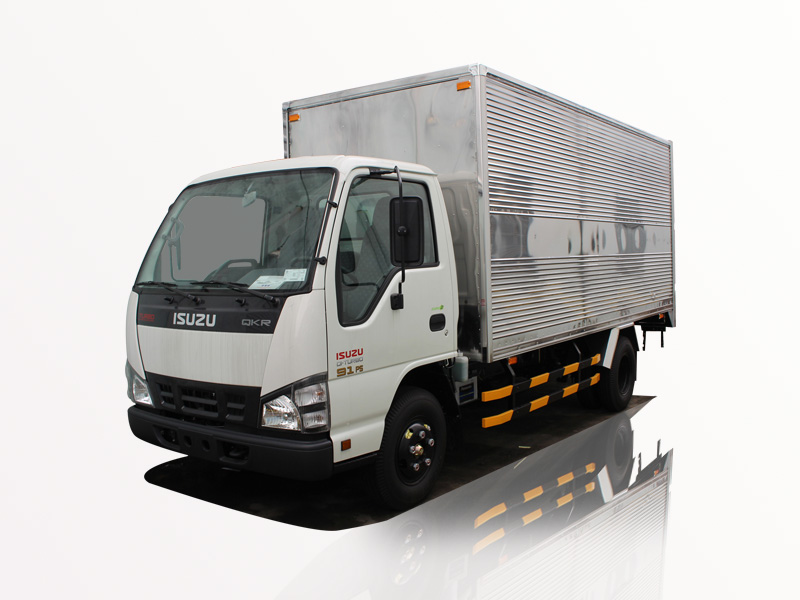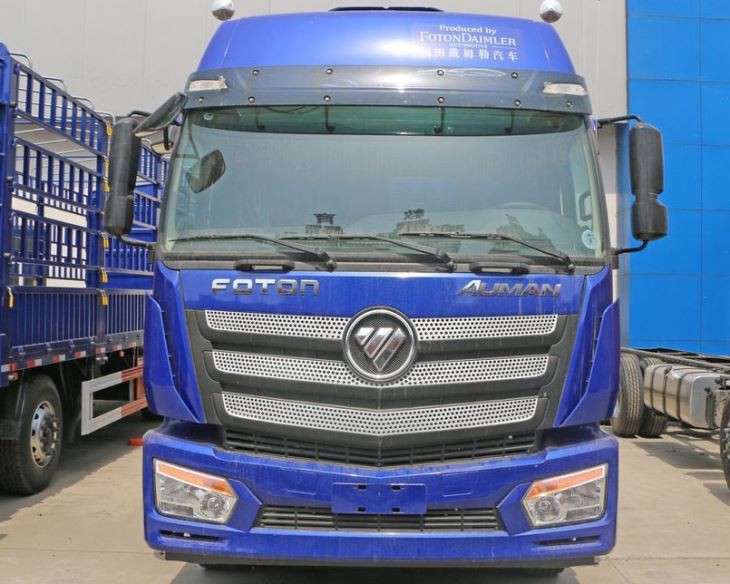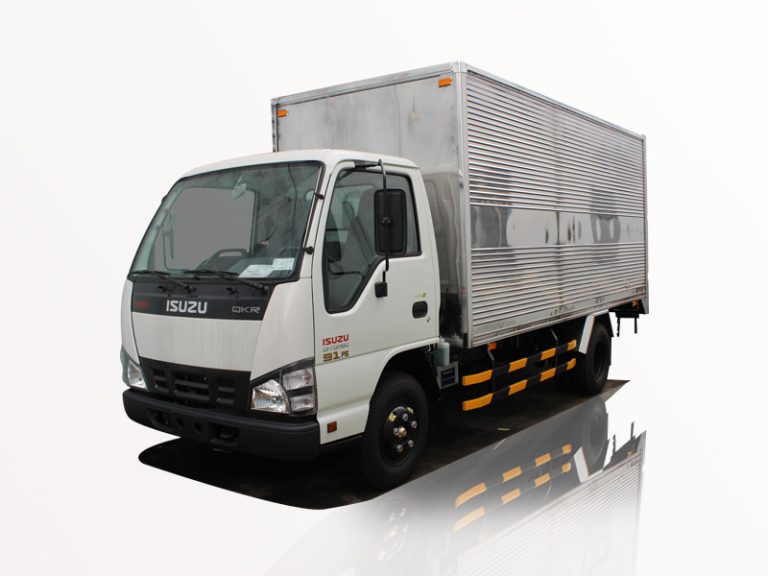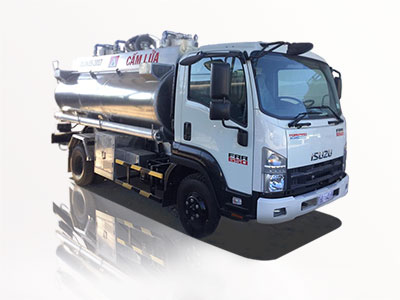Cement mixer trucks play an essential role in the construction industry, crucial for the transportation and mixing of concrete. Understanding their dimensions is vital for project planning, parking, and regulatory compliance. This article will delve into the various dimensions of cement mixer trucks, helping you make informed decisions for your construction needs.
Understanding Cement Mixer Trucks
Cement mixer trucks, also known as concrete mixers, come in various shapes and sizes to fit different project requirements. They consist of a driving cab and a rear-mounted mixing drum. Their primary purpose is to mix concrete and transport it efficiently.
Types of Cement Mixer Trucks
There are several types of cement mixer trucks, each designed for specific applications. Understanding these types will help you choose the right mixer for your construction projects. The main types include:
- Transit Mixer Trucks: These trucks store the mixed concrete in the rotating drum while transporting it to the construction site.
- Batch Mixer Trucks: These trucks mix the concrete ingredients on-site, ensuring greater control over the mixture.
- Volumetric Mixer Trucks: These trucks can carry raw materials and mix them on demand, offering flexibility for varying job sizes.
Standard Dimensions of Cement Mixer Trucks
The dimensions of cement mixer trucks can vary widely based on the model and manufacturer. However, several standard measurements can help you understand their overall size.
Length of Cement Mixer Trucks
The typical length of a cement mixer truck ranges from 24 to 30 feet (7.3 to 9.1 meters). Longer models may exist, particularly articulated models.
Width of Cement Mixer Trucks
A standard cement mixer truck’s width typically measures around 8.5 feet (2.6 meters). This width is crucial for navigating narrow streetways and job sites.
Height of Cement Mixer Trucks
The height of cement mixer trucks usually falls between 11 and 13 feet (3.4 to 4.0 meters). This height needs consideration for bridges and overhead utilities.
| Dimension | Value (Feet) | Value (Meters) |
|---|---|---|
| Length | 24 – 30 | 7.3 – 9.1 |
| Width | 8.5 | 2.6 |
| Height | 11 – 13 | 3.4 – 4.0 |
Weight Specifications
The weight of cement mixer trucks is another critical dimension when considering what type of mixer to use for your project.
Gross Vehicle Weight Rating (GVWR)
The GVWR indicates the maximum weight that the truck can safely transport, including its own weight. A typical GVWR for standard cement mixer trucks varies between 26,000 to 40,000 pounds (11,793 to 18,144 kilograms).
Net Weight
This is the weight of the truck without any load. The net weight of a cement mixer truck usually ranges from 12,000 to 22,000 pounds (5,443 to 9,979 kilograms).
| Specification | Value (Pounds) | Value (Kilograms) |
|---|---|---|
| GVWR | 26,000 – 40,000 | 11,793 – 18,144 |
| Net Weight | 12,000 – 22,000 | 5,443 – 9,979 |
Mixing Drum Dimensions
The mixing drum is the heart of the mixer truck and has its own set of dimensions. The size of the drum influences how much concrete can be mixed at one time.
Drum Capacity
The capacity of mixing drums typically ranges from 6 to 12 cubic yards (4.6 to 9.2 cubic meters). A larger drum allows for mixing larger quantities of concrete, which is advantageous for bigger projects.
Drum Diameter and Length
The diameter of the mixing drum usually varies from 42 to 60 inches (1.1 to 1.5 meters), while the length can range from 8 to 12 feet (2.4 to 3.7 meters), again depending on the model.
| Dimension | Value |
|---|---|
| Drum Capacity | 6 – 12 cubic yards |
| Drum Diameter | 42 – 60 inches |
| Drum Length | 8 – 12 feet |
Choosing the Right Size Cement Mixer Truck
When selecting a cement mixer truck for your project, consider the size of your construction site and the volume of concrete required. Here are some tips to help you choose the correct dimensions:
Project Scale
For small projects, a mixer with a capacity of 6 cubic yards may suffice, while larger commercial projects might require a truck with a 10 to 12 cubic yard capacity.
Access and Maneuverability
If the job site has narrow access points or tight corners, opt for a smaller truck that can easily navigate the area.
Type of Concrete Work
Specific projects, like roadwork or residential construction, may mandate different mixer truck types. Assess the work type to ensure you get the right dimensions.
Safety Considerations
Safety is paramount in construction. Understanding the dimensions of your cement mixer truck can help prevent accidents on-site. Here are some safety tips:
Compliance with Local Regulations
Many areas have strict rules governing the dimensions and weight of vehicles on the roads. Ensure your truck adheres to these regulations, as non-compliance can result in fines and accidents.
Awareness of Surroundings
Always be aware of the height and width of your truck, especially when driving through tunnels or under overpasses to avoid accidents.
Loading and Unloading Procedures
Ensure that the mixing drum and truck position allow for safe loading and unloading of concrete. Train operators to follow safety protocols.
Maintenance and Care for Cement Mixer Trucks
Proper maintenance is key to extending the life of your cement mixer truck. Regular checks on the following can ensure optimal performance:
Check Fluid Levels Regularly
Monitor oil, coolant, and brake fluid levels consistently to avoid engine troubles.
Inspect the Drum
Inspect the drum for cracks or damage that may affect its mixing capabilities. Ensure it is cleaned regularly to prevent concrete buildup.
Tire Maintenance
Regularly check the air pressure and tread wear on your tires, as a malfunctioning tire can lead to an accident on the job site.
FAQs
What is the average size of a cement mixer truck?
The average size of a cement mixer truck ranges between 24 to 30 feet in length, 8.5 feet in width, and 11 to 13 feet in height.
How much concrete can a cement mixer truck carry?
A standard cement mixer truck can carry between 6 to 12 cubic yards of concrete, depending on the drum size.
How do I know if a cement mixer truck can access my site?
Check the dimensions of the truck against the dimensions of your site. Ensure there is enough room for the truck to maneuver without obstructions.
What maintenance is needed for a cement mixer truck?
Regular maintenance includes checking fluid levels, inspecting the mixing drum, and tire maintenance. Following these checks can help prevent operational issues.
Are there different types of cement mixer trucks?
Yes, there are several types, including transit mixer trucks, batch mixer trucks, and volumetric mixer trucks, each serving different purposes.
Can I customize my cement mixer truck’s dimensions?
While many cement mixer trucks come in standard sizes, custom options may be available based on specific requirements. Consult with manufacturers or suppliers for customized solutions.



